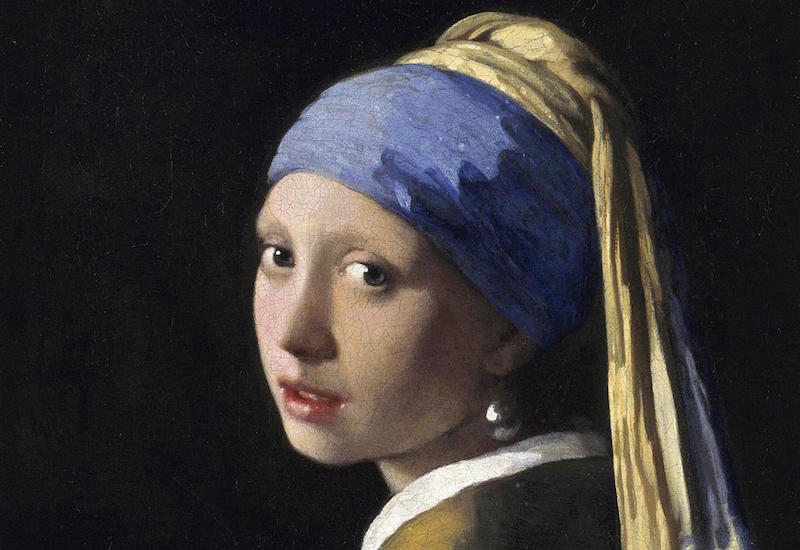Mannerism and Baroque
Episode #3 of the course “Art Movements Throughout European History”
At the end of the high Renaissance in the 16th century, art transitioned into a style that was less balanced and harmonized. While Renaissance artists focused on realistic depiction of people, Mannerism artists experimented with elongated proportions, no clear perspective, and highly stylized poses.
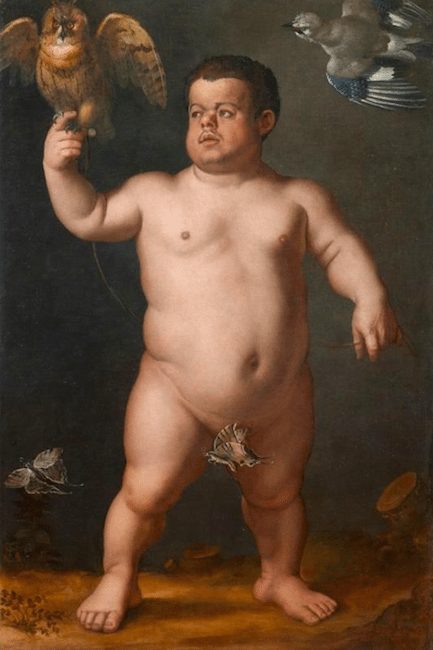 Portrait of the Dwarf Morgante, Bronzino (Mannerism)
Portrait of the Dwarf Morgante, Bronzino (Mannerism)
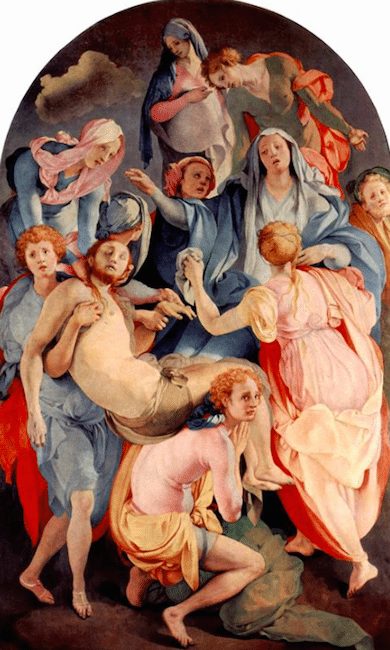 The Entombment of Christ, Jacopo Pontormo (Mannerism)
The Entombment of Christ, Jacopo Pontormo (Mannerism)
The Mannerism style of art is sometimes considered an early stage of Baroque, but many see a clear change in art after 1545 as artists reacted to the Counter-Reformation social movements and the religious tensions in Europe.
The period known as Baroque art focused on a revival of religious themes as subjects of artwork as the church attempted to re-establish itself as a power by commissioning large, expensive, expressive artworks. Baroque art incorporated motion and activity that expanded art from the accomplishments of the Renaissance painters. Sculpture and architecture during the Baroque period became large in scale, scope, and grandeur.
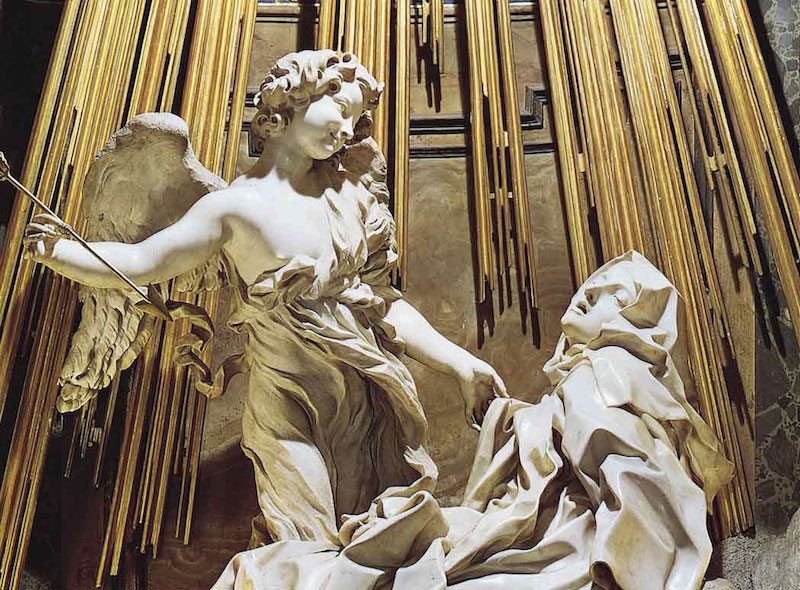 The ecstasy of St Theresa, Bernini
The ecstasy of St Theresa, Bernini
Painters once again strove to depict the realistic quality and artistic forms prized in antiquity with their human figures. The greatest painter of the age, Peter Paul Rubens, influenced Rembrandt and other Dutch Baroque painters. While Baroque art in most of Catholic Europe was interested in depicting scenes of aristocratic or heavenly life, the Dutch artists of the time developed a new style of easel painting that commercialized many artistic projects and brought them to the homes of the rising middle class.
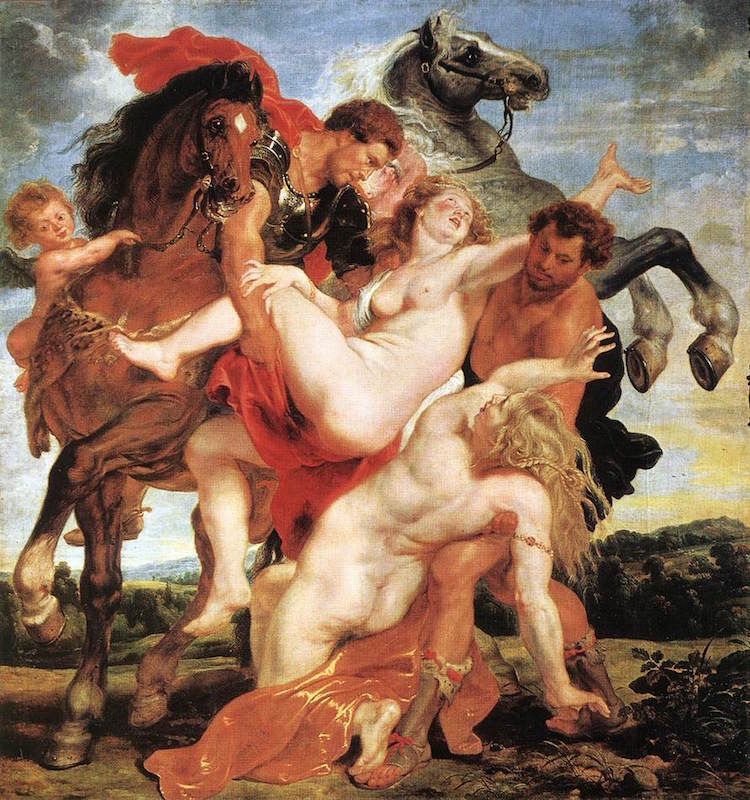 The Rape of the Daughters of Leucippus, Peter Paul Rubens
The Rape of the Daughters of Leucippus, Peter Paul Rubens
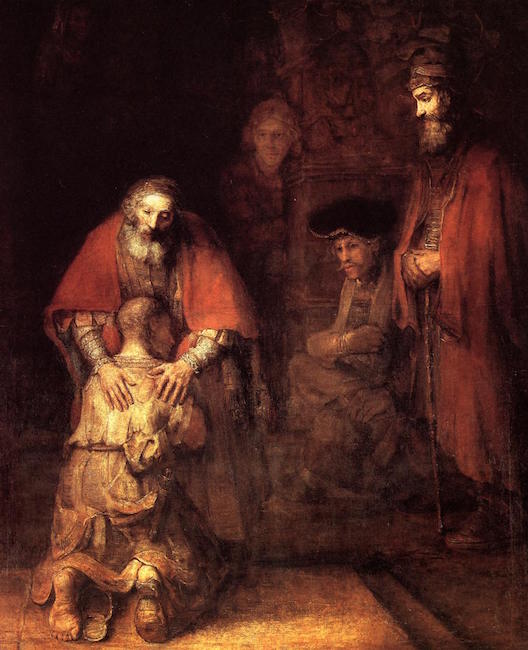 The Return of the Prodigal Son, Rembrandt
The Return of the Prodigal Son, Rembrandt
The Baroque period had a great influence on architecture around the continent as well. The most well-known Baroque building is the famous Palace of Versailles outside Paris:
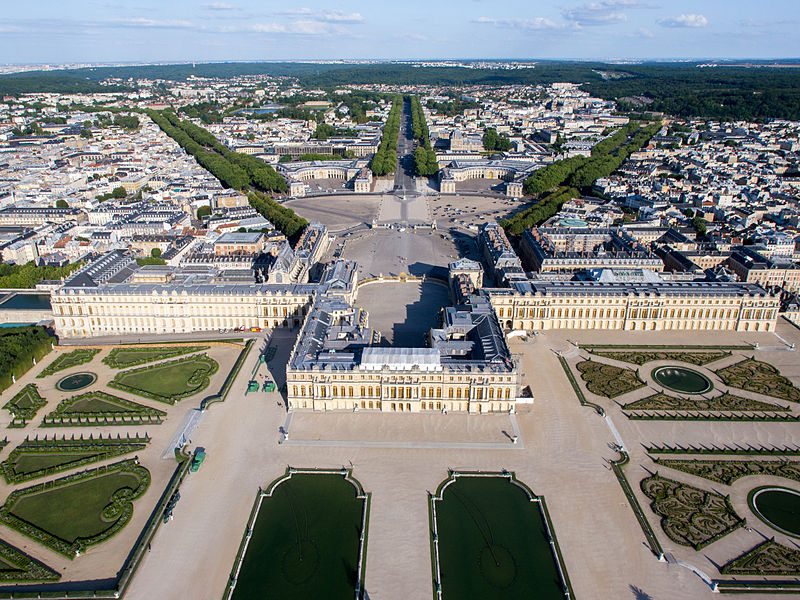
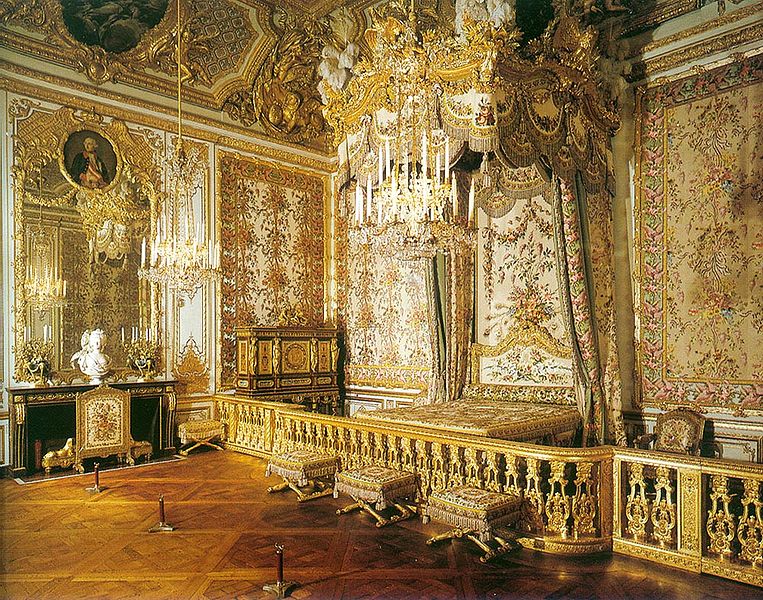

In common with Baroque architecture, Versailles glitters with gold and uses a process of repeating design elements in sections of the palace that are unified from the exterior by its many windows, which is a typical element of Baroque architecture. Its many columns, domes, and curvilinear shapes mark it as one of the most classic and grandest examples of the Baroque style.
Share with friends

